Price pressures appear to be building up in the economy right now. On Monday, data released by the National Statistical Office showed that retail inflation, as measured by the consumer price index (CPI), rose to a three-month high of 4.9 per cent in November -that is up from 4.48 per cent in October. The inflation has risen despite the recent cuts in fuel taxes. It may be recalled that the rising crude oil prices had prompted the Centre to cut excise duties on petrol and diesel, which was followed by several states cutting back on fuel taxes as well. Despite this, the inflation rise suggests that price pressures are getting more generalised in the broader economy. Worryingly, inflation is expected to edge further upwards with the base-effect turning unfavourable over the next few months. Even as concerns persist over the durability of the economic recovery, elevated inflation is likely to complicate the policy choices before the central bank, limiting its space for manoeuvre. The disaggregated data shows that while non-food inflation has risen over the past few months, food inflation is also now beginning to rise. The consumer food price index rose to 1.87 per
cent in November, up from 0.85 per cent in October, driven by essential commodities such as cereals, meat, fish and eggs, milk and fruits. Core inflation has also remained elevated – price pressures appeared to be more broadbased
with spurts observed in clothing and footwear, household goods and services, recreation and amusement. This suggests perhaps the likely passthrough of higher costs – data released by the government on Tuesday showed that the wholesale price index (WPI) rose to an all-time high of 14.23 per cent in November.
In its last meeting, the monetary policy committee (MPC) chose to maintain the status quo on both rates and stance. Some have argued that the RBI Governor’s choice of words – “managing a durable, strong and inclusive recovery”- indicates worries around the uneven nature of the process. With continuing uncertainty on the economic front, it is possible that the committee may continue to take a more benign view of inflation and giving priority to growth. But if inflation continues to remain elevated, remaining near or breaching the upper threshold of the inflation targeting framework, the dissenting voices on the committee might grow, forcing it to bring forward its timelines for normalising policy. It could only be a matter of time before normalisation by concealment is replaced by a more formal shift of position.

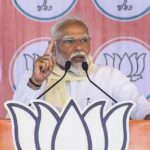
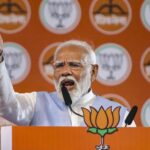



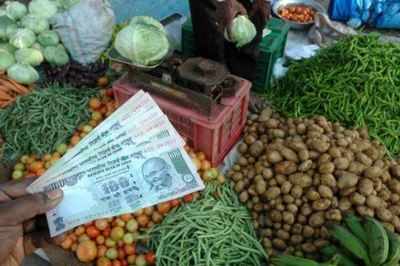
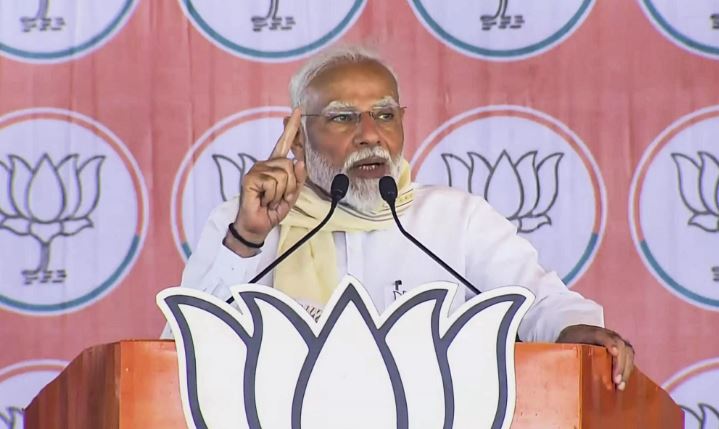
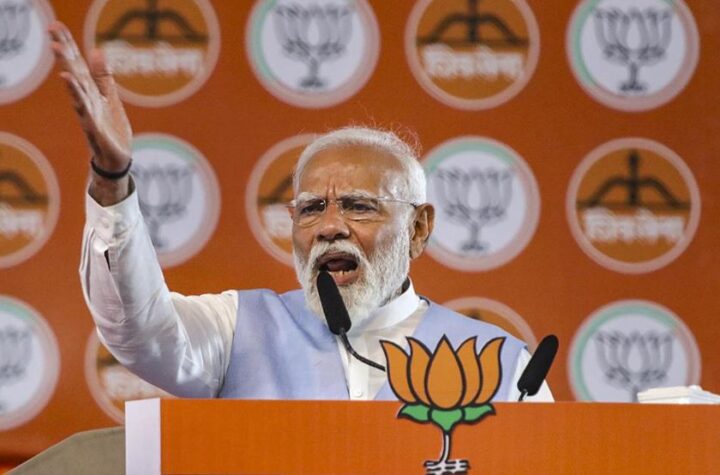

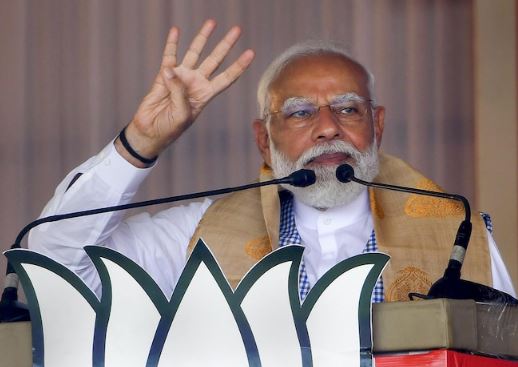
More Stories
Now country ‘aatank’ struggling for ‘aata’: PM
NDA as 15 in Northeast’s 25 seats go to polls: PM
Not Big Fan Impact Player; Its Development of All-Rounders, Says Rohit